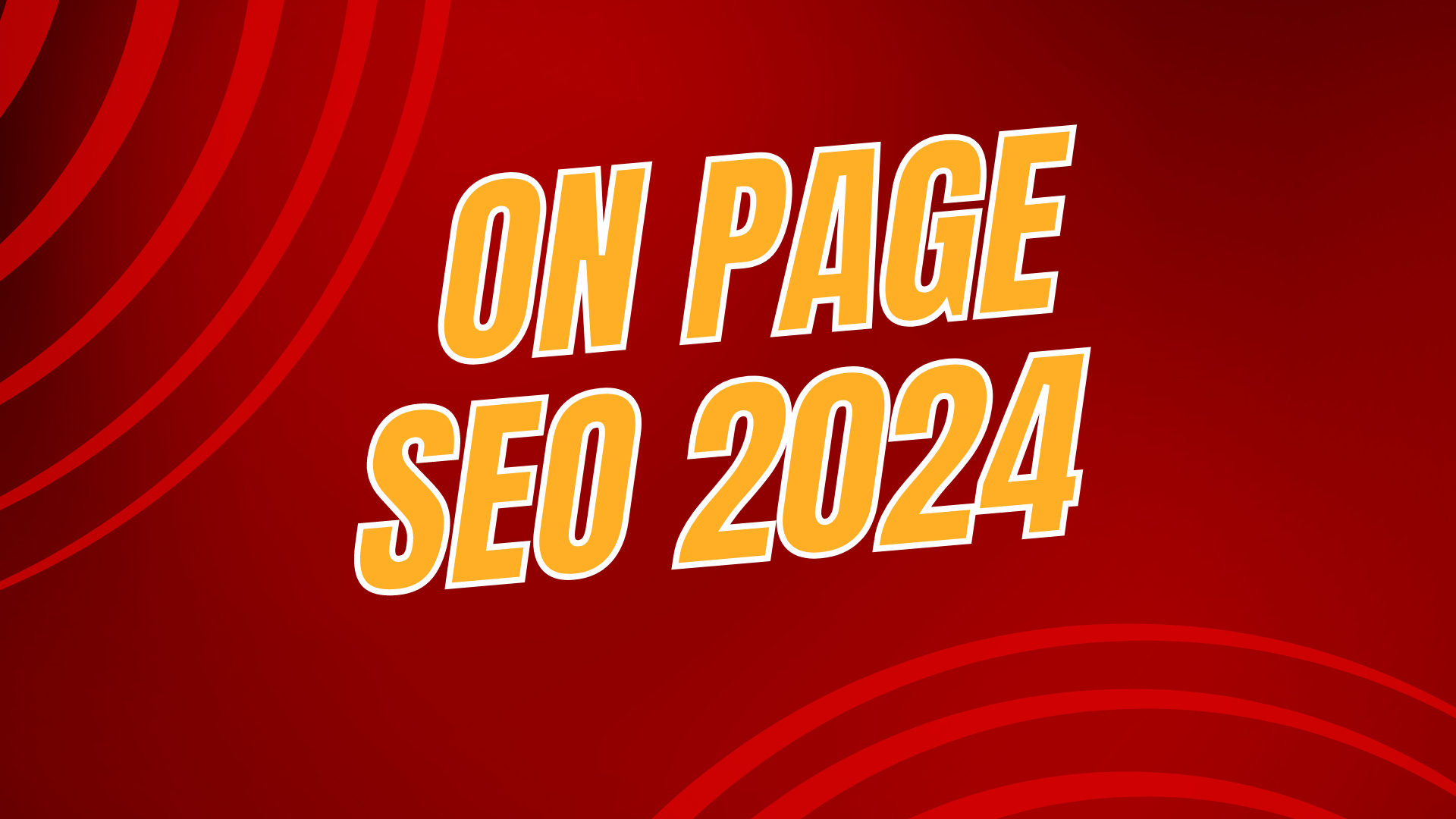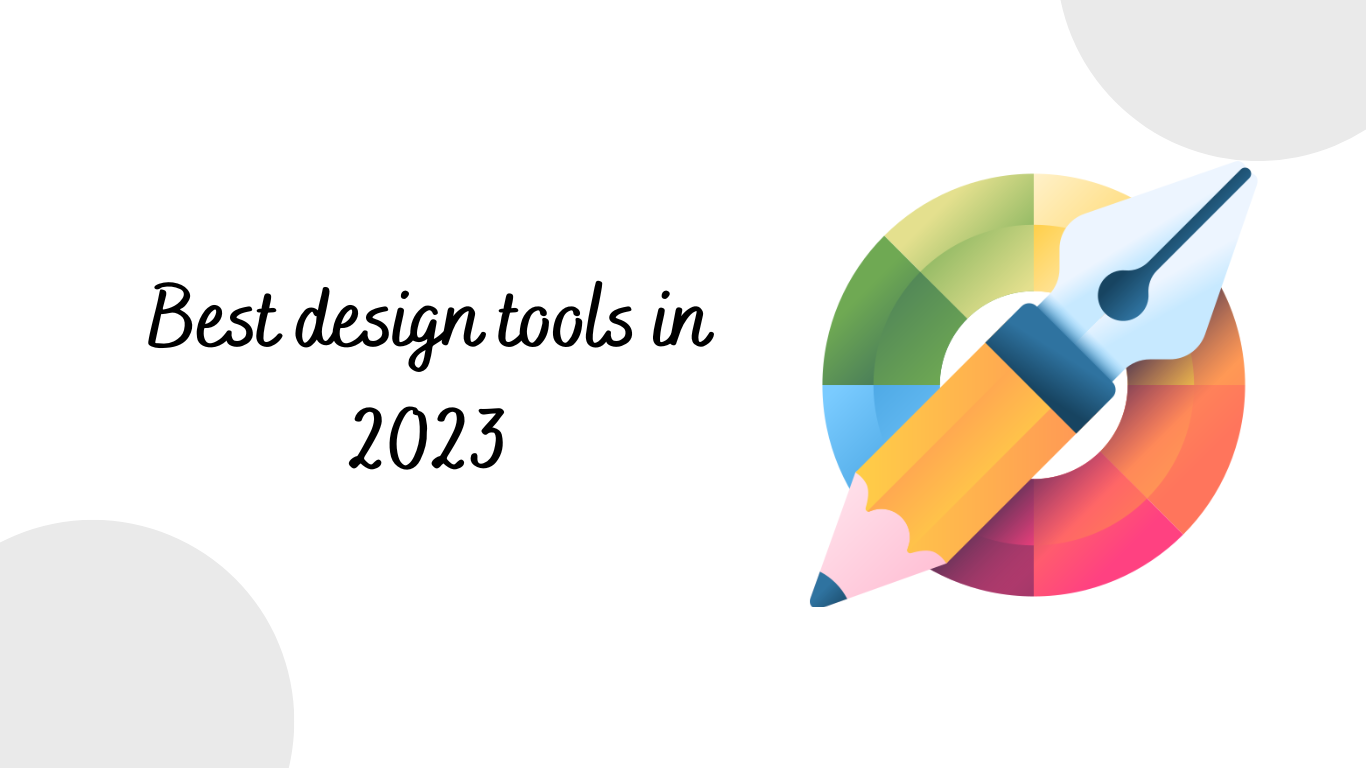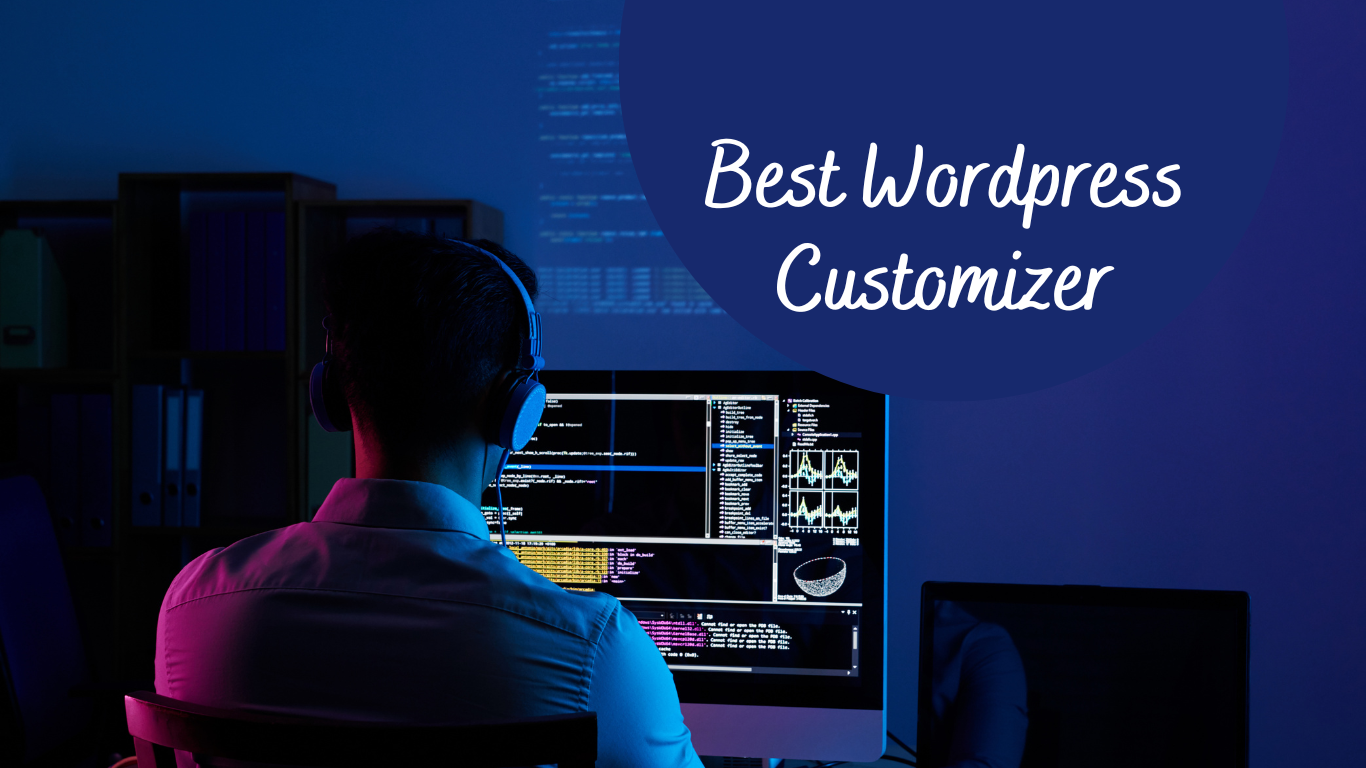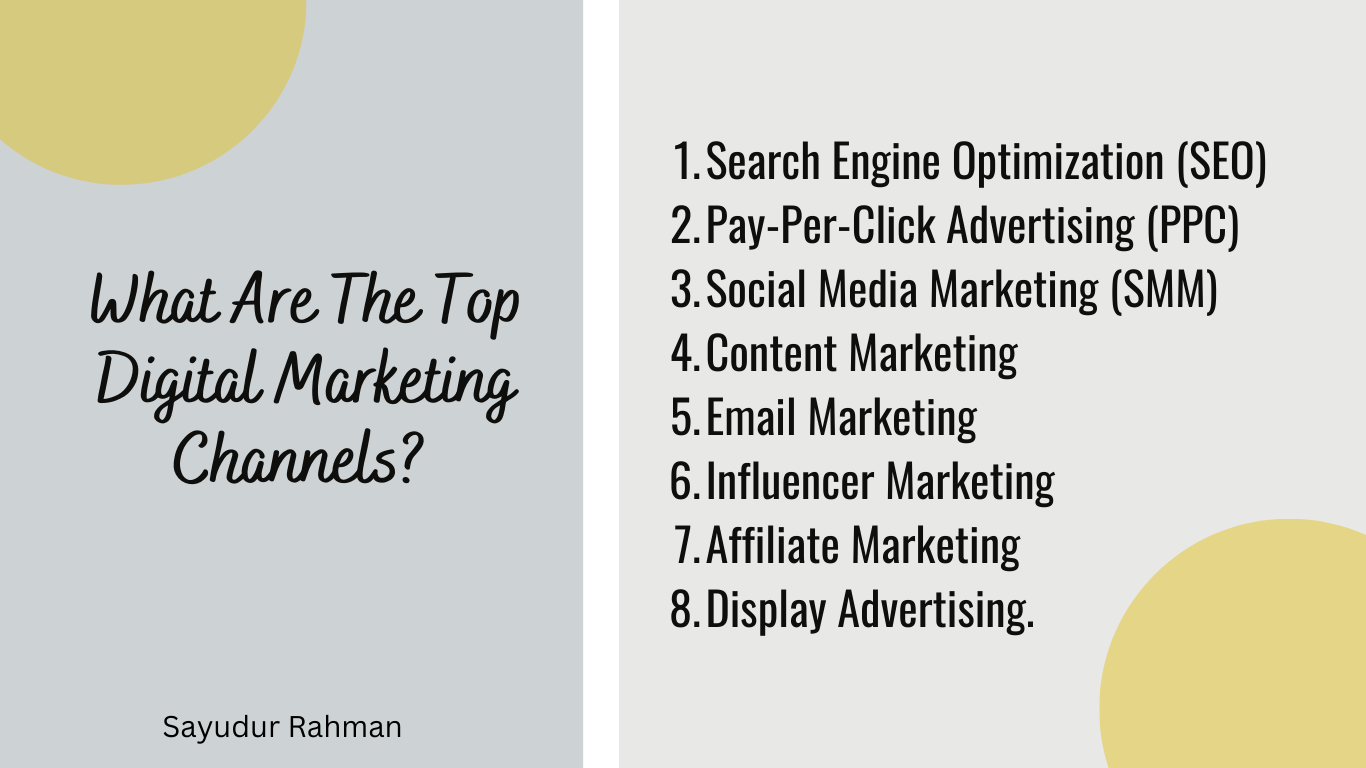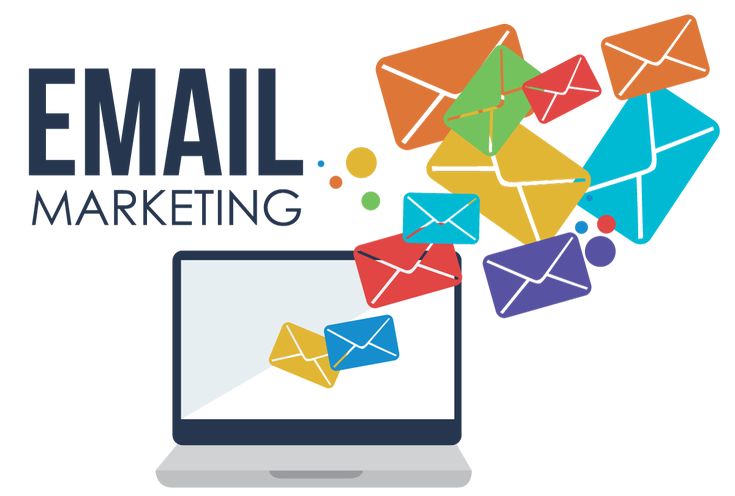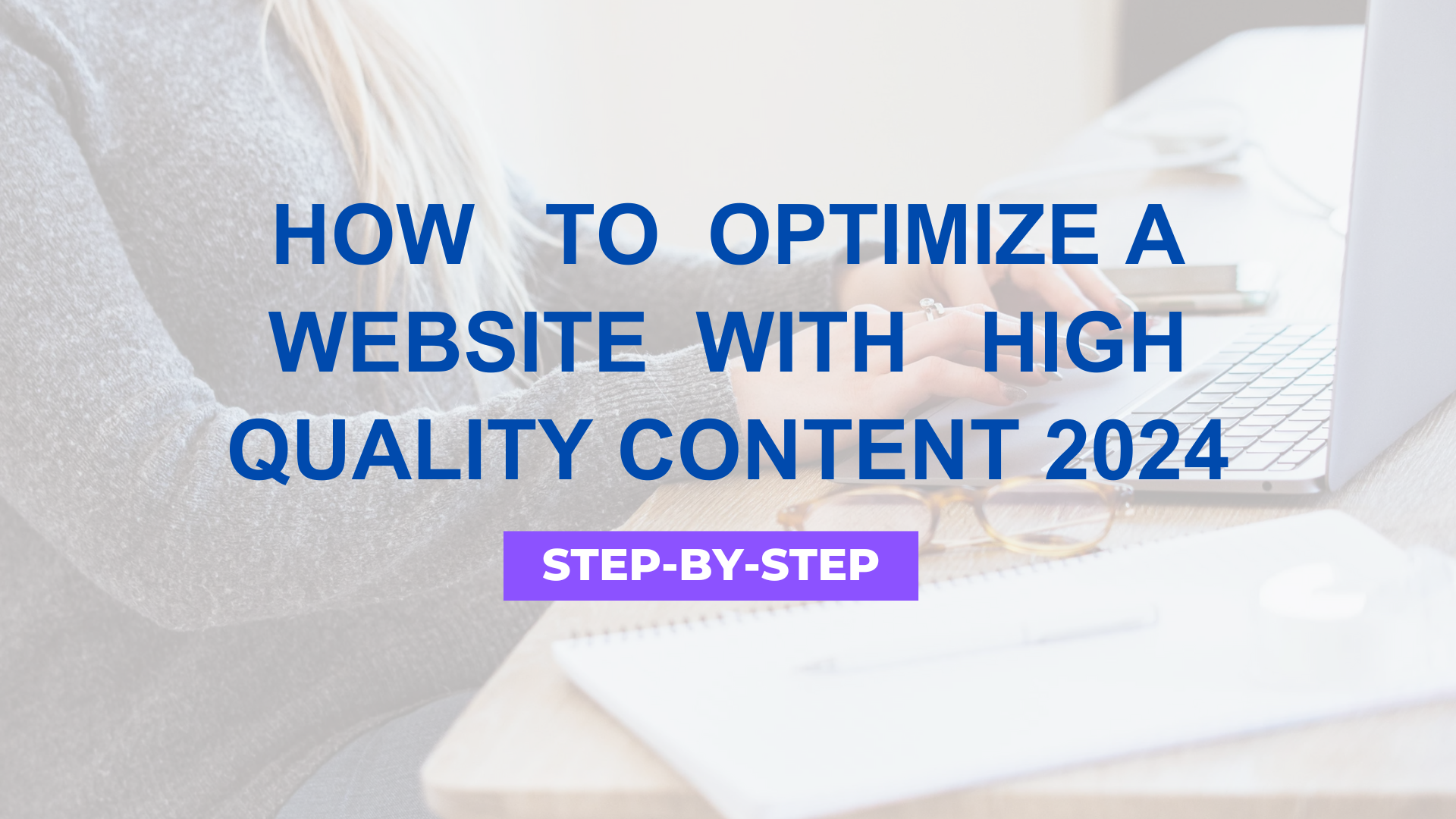
How to optimize a website with High quality content 2024
[ez-toc] Introduction: You can hear this entire content which will take 5 minutes to listen: In the fast-paced digital landscape of 2024, where attention spans are shrinking and competition is fierce, the key to a successful online presence lies in the optimization of your website. While various elements contribute to a well-optimized website, high-quality content remains the cornerstone of a compelling online experience. In this comprehensive guide, we’ll delve into the strategies and best practices for optimizing your website with high-quality content in 2024, ensuring that your site not only attracts visitors but also engages and retains them. Website optimization process: Website optimization is the process of using controlled experimentation to improve a website’s ability to drive business goals. To improve the performance of their website, website owners implement A/B testing to experiment with variations on pages of their website to determine which changes will ultimately result in more conversions (eg. demo requests, increases in organic search results, more purchases, reduced customer service time, etc.). I. Understanding the Importance of High-Quality Content: In the current digital era, where search engine algorithms are becoming increasingly sophisticated, the significance of high-quality content cannot be overstated. Search engines, led by Google, prioritize content that is relevant, valuable, and user-centric. High-quality content not only enhances your website’s visibility in search engine results but also establishes your authority in your niche, builds trust with your audience, and encourages social sharing. II. Conducting Comprehensive Keyword Research: Keyword research is the foundation of effective content optimization. In 2024, it’s crucial to use advanced tools and techniques to identify not only primary keywords but also long-tail keywords and semantic variations. Understand the intent behind user searches and create content that addresses those needs comprehensively. This approach not only improves your website’s search engine ranking but also ensures that your content aligns with user expectations. III. Crafting Compelling and User-Centric Content: With user experience at the forefront of website optimization, it’s essential to create content that resonates with your target audience. Develop a deep understanding of your audience’s needs, preferences, and pain points. Craft content that is not only informative but also engaging and easy to consume. Incorporate multimedia elements, such as images, videos, and infographics, to enhance the overall user experience. IV. Embracing Structured Data and Schema Markup: In 2024, search engines are increasingly relying on structured data and schema markup to better understand and index content. Implementing structured data on your website provides search engines with additional context, leading to enhanced rich snippets and better visibility in search results. This can significantly improve the click-through rate and overall user engagement. V. Prioritizing Mobile Optimization: As mobile devices continue to dominate internet usage, optimizing your website for mobile is non-negotiable. Ensure that your high-quality content is not only responsive but also provides a seamless and enjoyable experience across various screen sizes. Google’s mobile-first indexing means that your mobile site’s performance directly impacts your search engine ranking, making mobile optimization a top priority in 2024. VI. Implementing Page Speed Optimization: In the era of instant gratification, users expect websites to load quickly. Page speed not only affects user experience but also plays a crucial role in search engine rankings. Implement advanced techniques such as browser caching, image optimization, and lazy loading to optimize your website’s speed. A faster website not only retains visitors but also positively influences search engine algorithms. VII. Leveraging Artificial Intelligence and Machine Learning: In 2024, the integration of artificial intelligence (AI) and machine learning (ML) in content optimization is gaining momentum. Use AI-powered tools to analyze user behavior, personalize content recommendations, and refine your content strategy. Machine learning algorithms can help predict user preferences, allowing you to tailor your content to specific segments, ultimately increasing engagement and conversions. VIII. Building a Robust Internal Linking Structure: Internal linking plays a vital role in distributing link equity across your website and improving overall site structure. Create a logical and hierarchical internal linking structure that guides users through your content seamlessly. This not only enhances user experience but also helps search engines understand the relationships between different pages, boosting your site’s overall authority. IX. Harnessing the Power of Social Media: In 2024, social media remains a powerful tool for content distribution and audience engagement. Share your high-quality content across relevant social media platforms to reach a broader audience. Encourage social sharing by incorporating shareable elements within your content, such as social media buttons and visually appealing graphics. Social signals are considered by search engines, making an active social media presence a valuable aspect of website optimization. X. Monitoring and Analyzing Performance: Regularly monitor and analyze the performance of your website using advanced analytics tools. Track key metrics such as bounce rate, average session duration, and conversion rates. Identify high-performing content and areas for improvement. Use data-driven insights to refine your content strategy, optimize underperforming pages, and capitalize on successful ones. Optimizing high-quality content is important for several reasons: Enhanced Visibility on Search Engines: Search engines prioritize high-quality, relevant content when determining search rankings. Optimizing your content ensures that it meets SEO best practices, making it more likely to appear prominently in search results, driving organic traffic to your website. Improved User Experience: Well-optimized content contributes to a positive user experience. It involves creating content that is easy to find, navigate, and understand. This, in turn, keeps visitors on your site longer, reducing bounce rates and increasing the likelihood of conversions. Relevance to User Intent: Optimization involves aligning your content with user intent. By incorporating relevant keywords and addressing the needs of your target audience, you increase the chances of attracting users actively seeking information or solutions related to your content. Competitive Edge: In a saturated online landscape, businesses and websites compete for attention. Optimizing your content allows you to stand out by providing valuable, authoritative information. This can help build trust with your audience and position your brand as an industry leader. Adaptation to Algorithm Changes: Search engine algorithms are continually evolving. Optimization ensures that your content remains aligned


